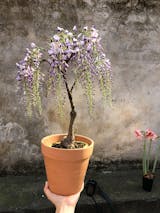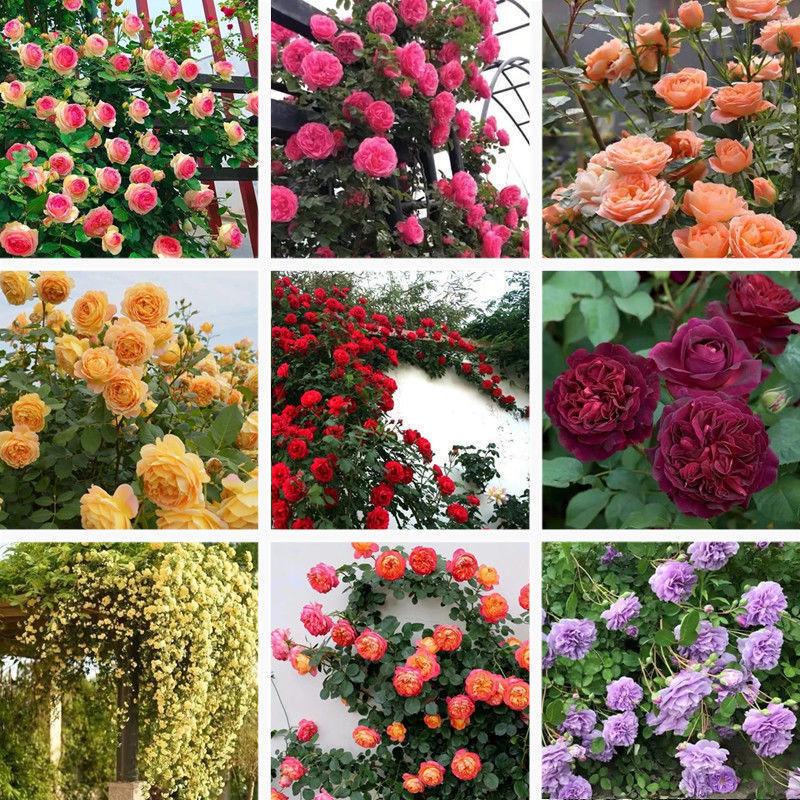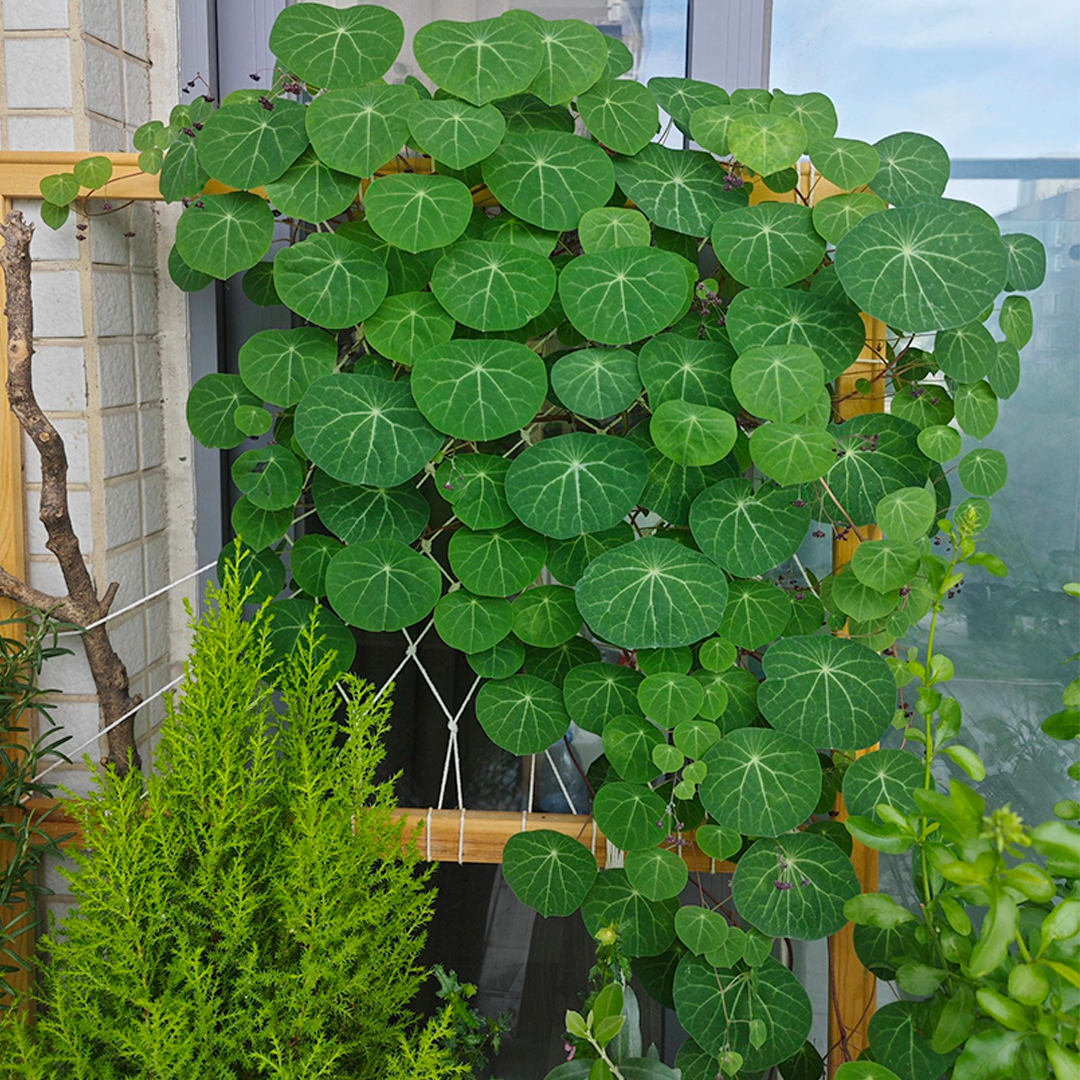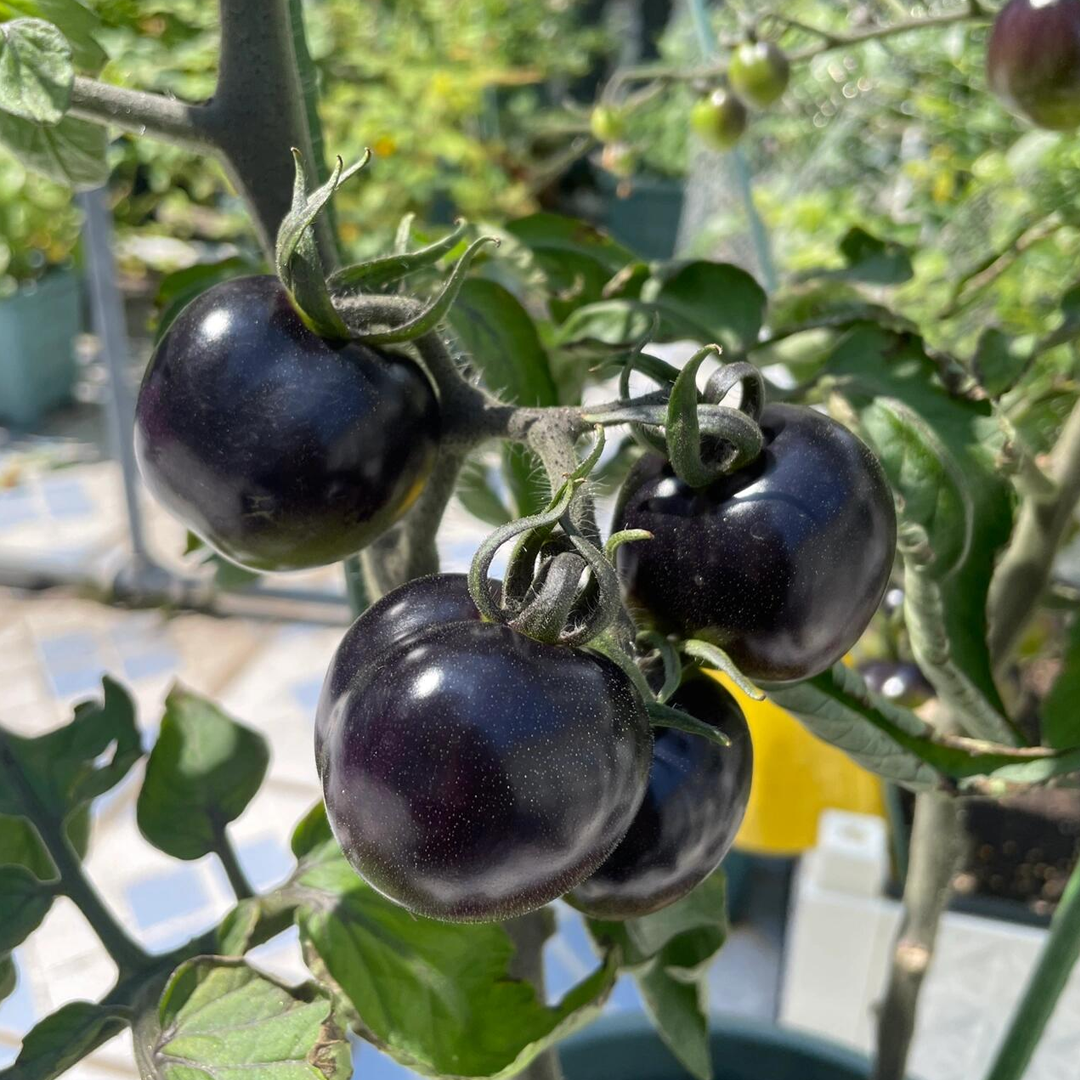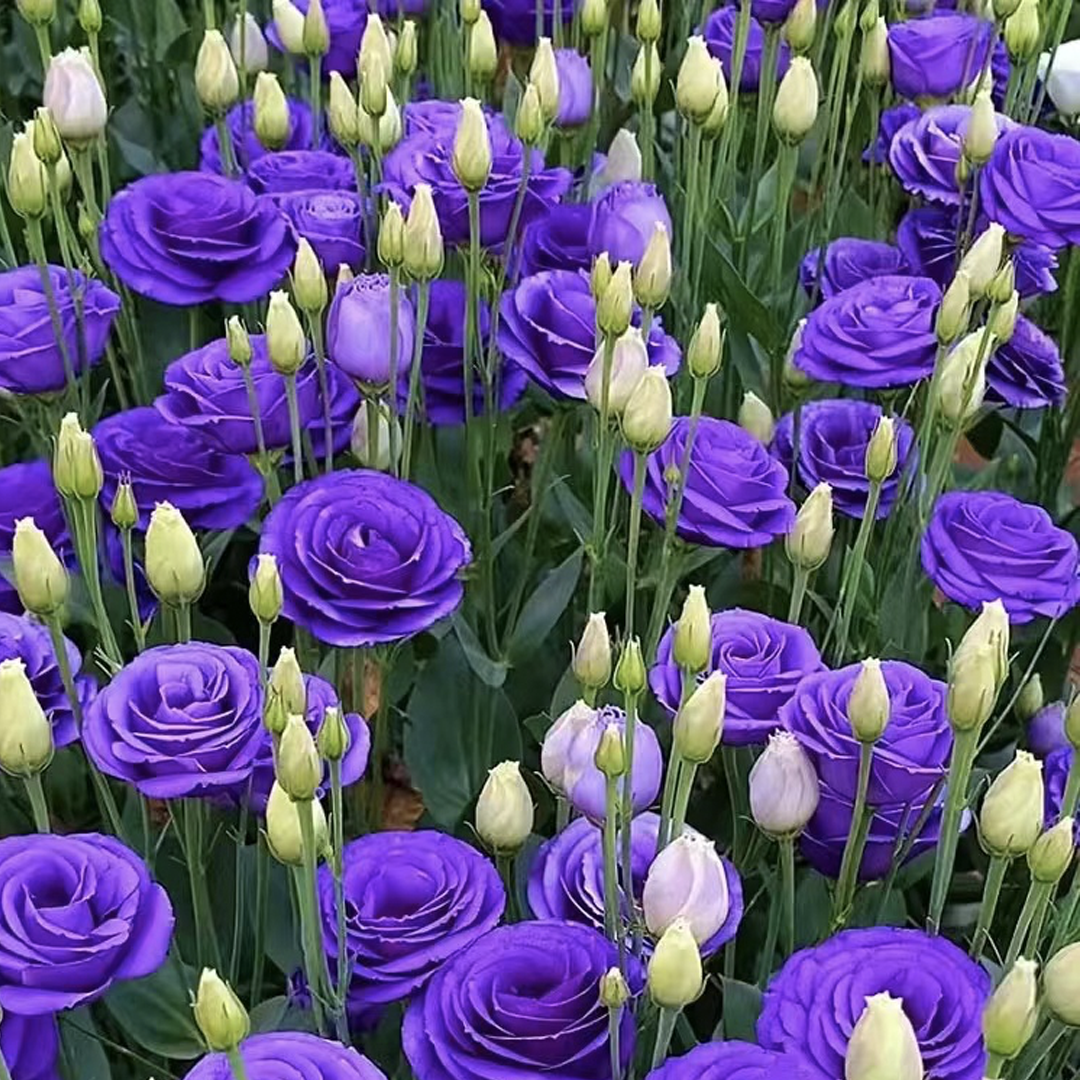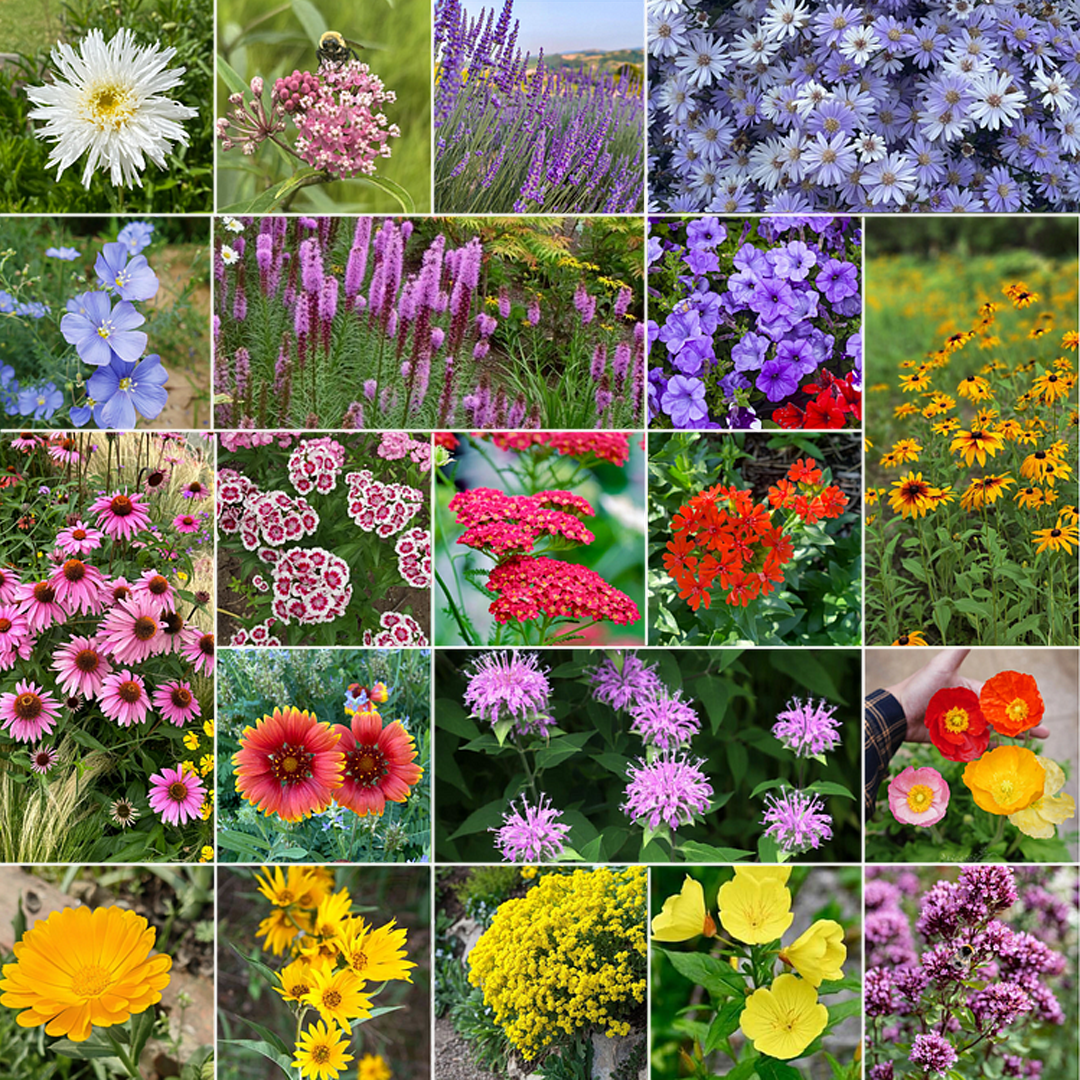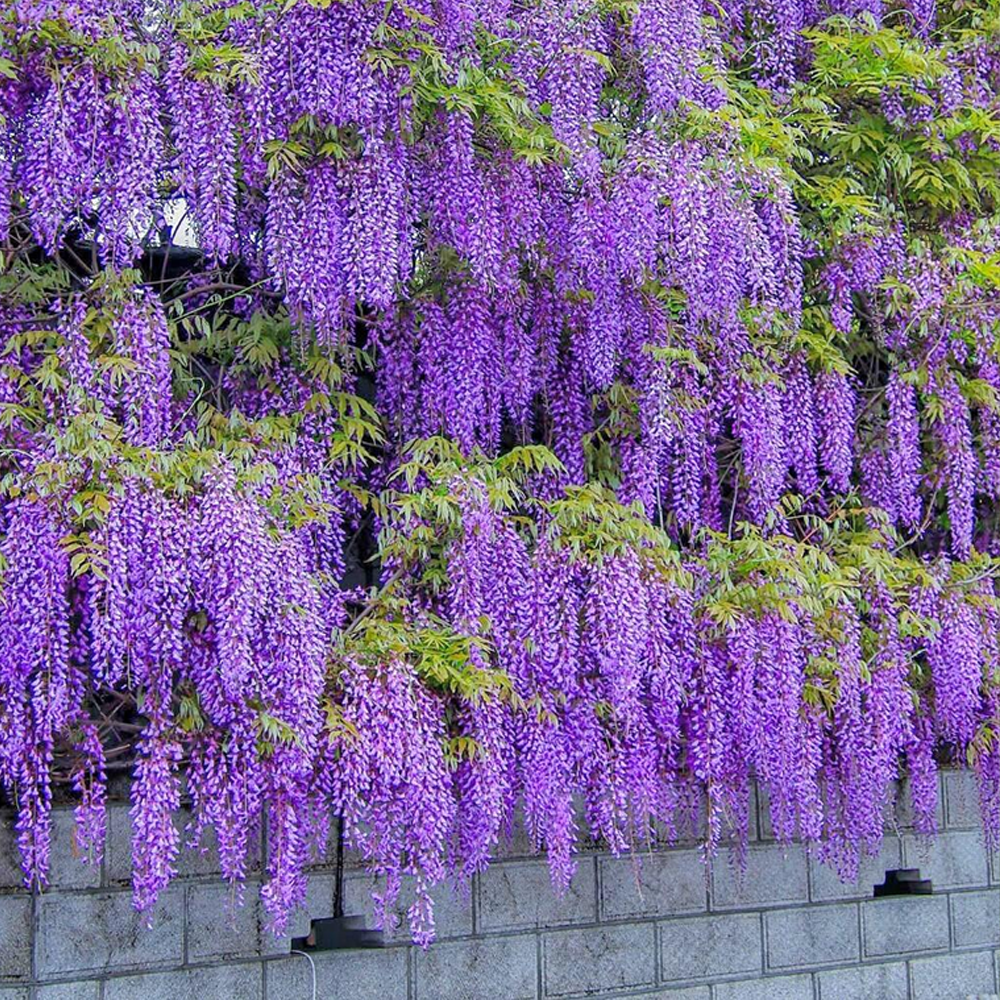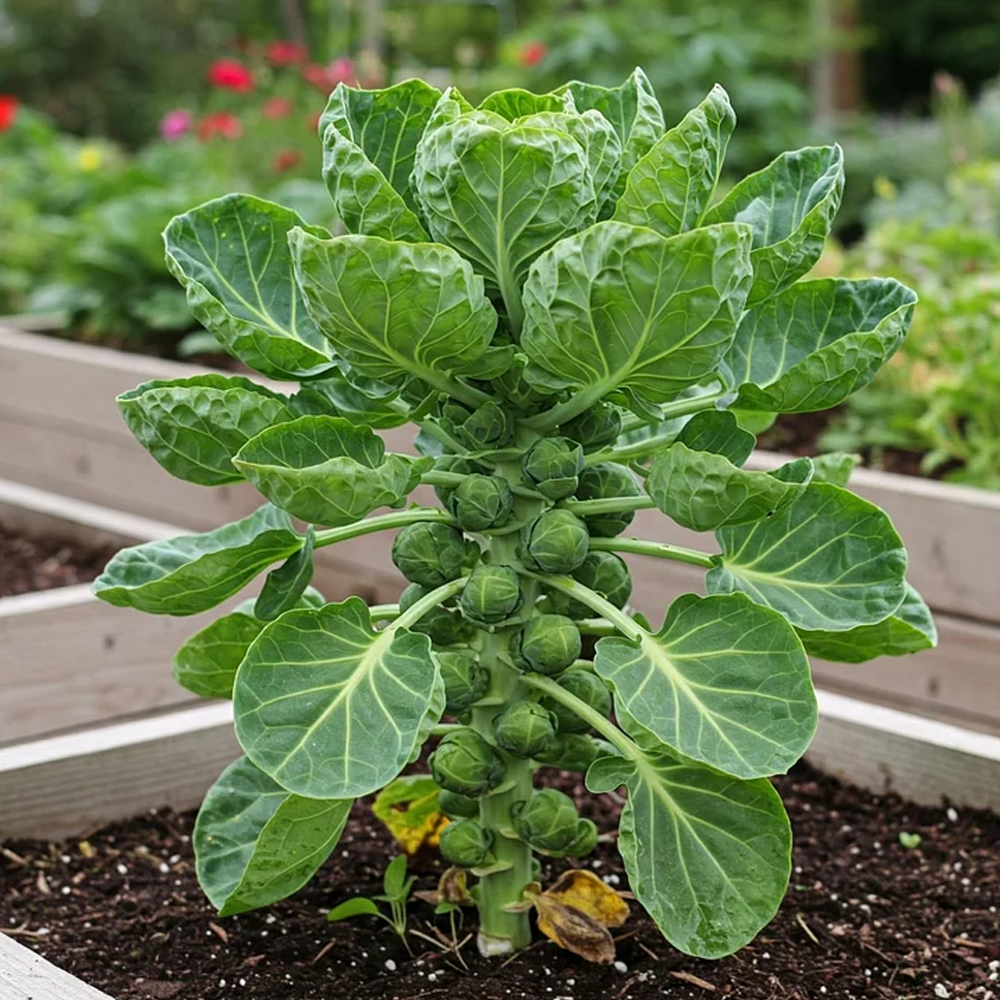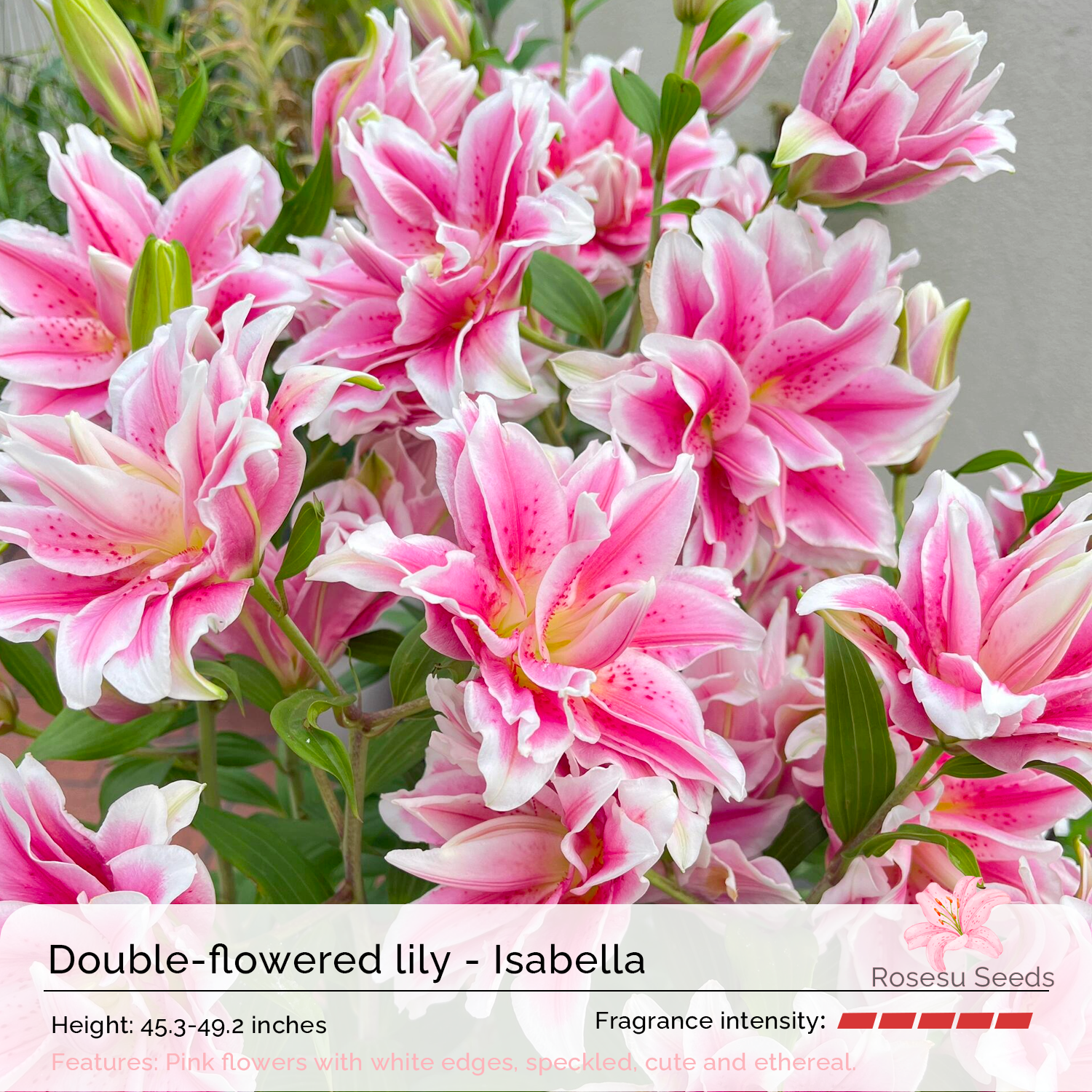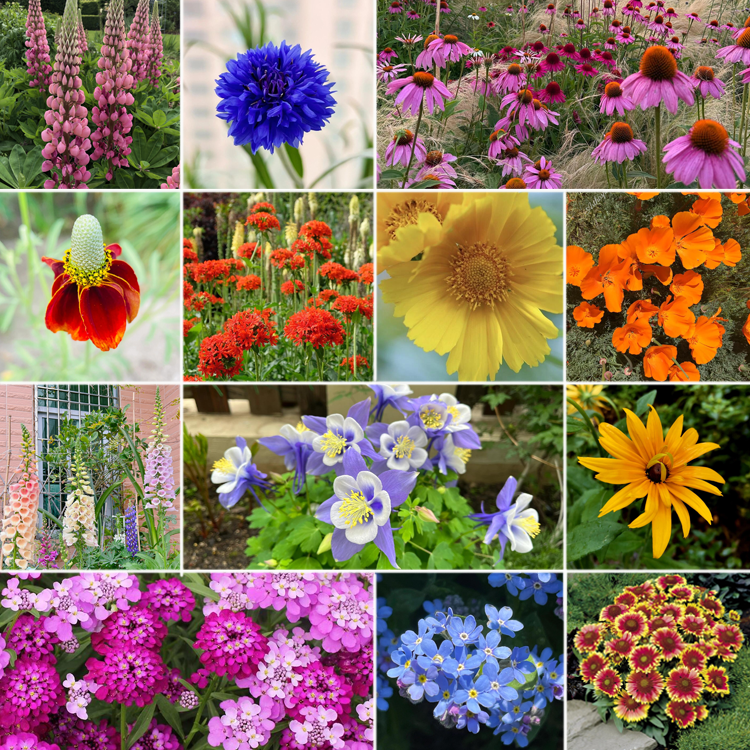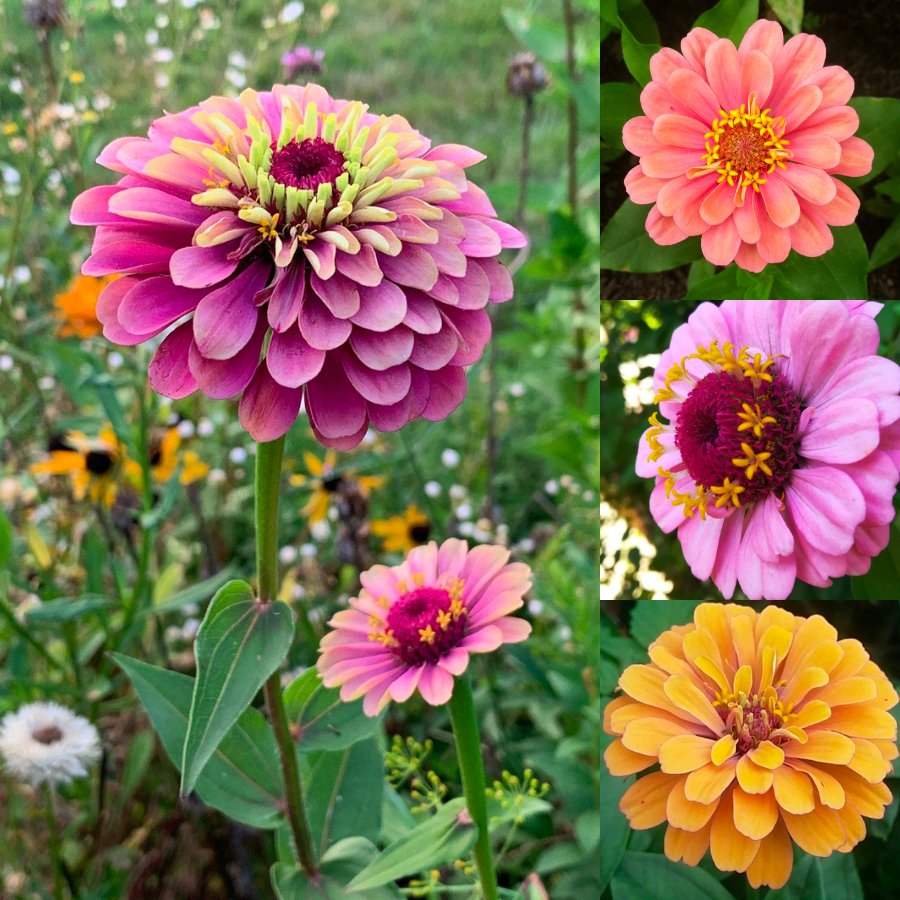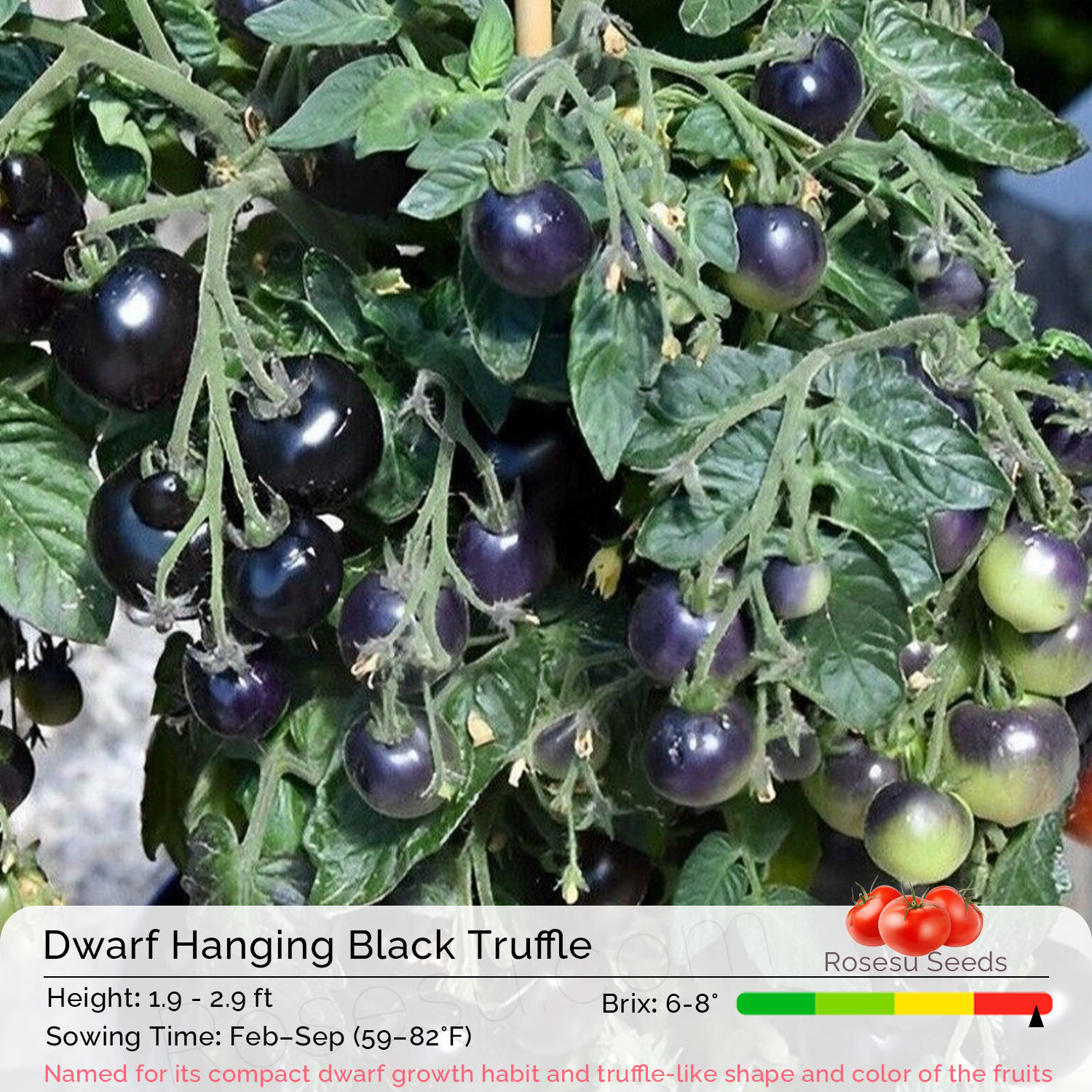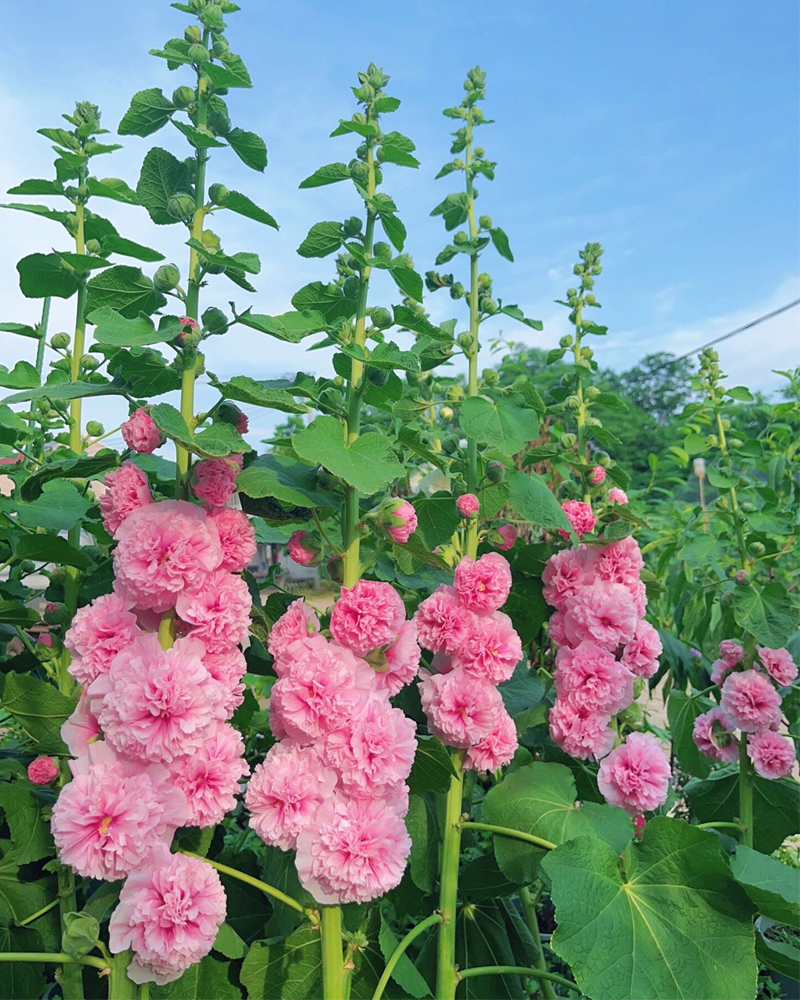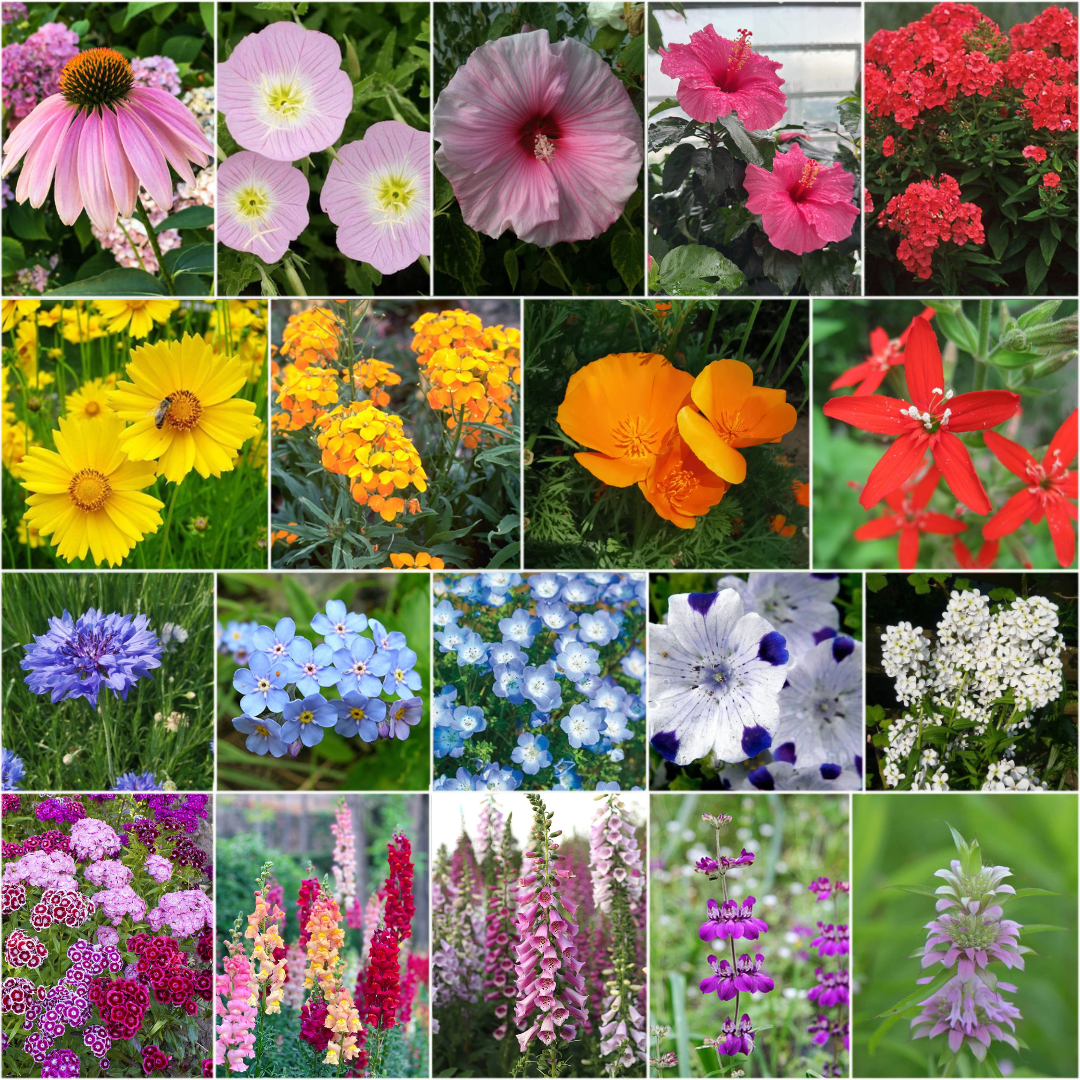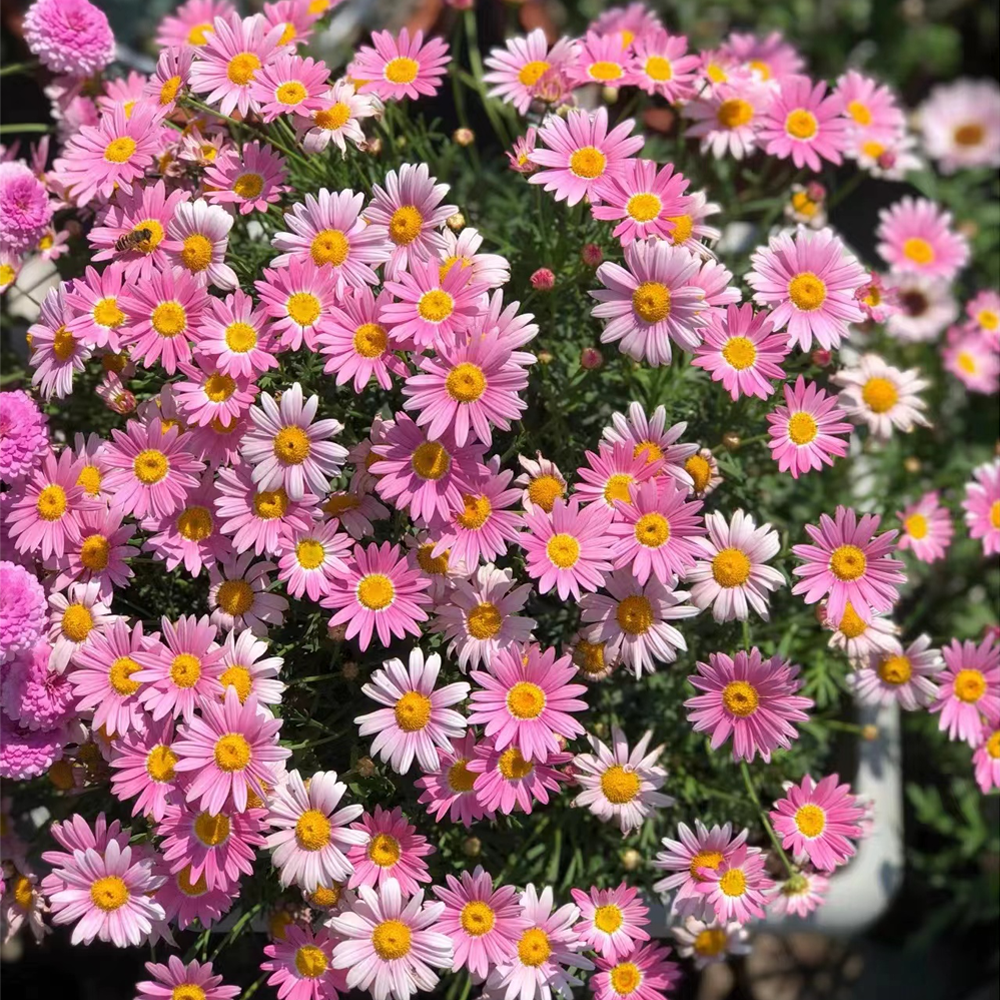📦 Shipping in progress, thank you for your patience!
Order over $38
Sign up and enjoy 10% off!
Gift giveaway!
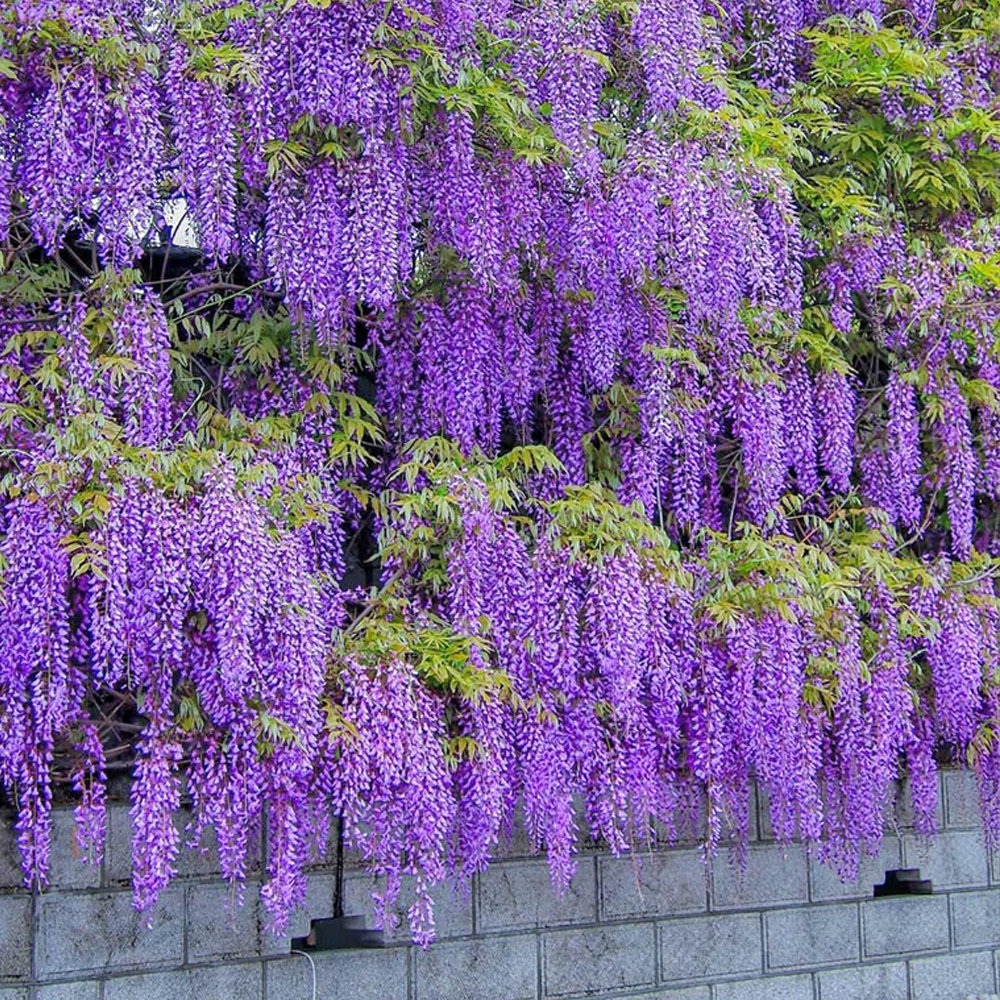
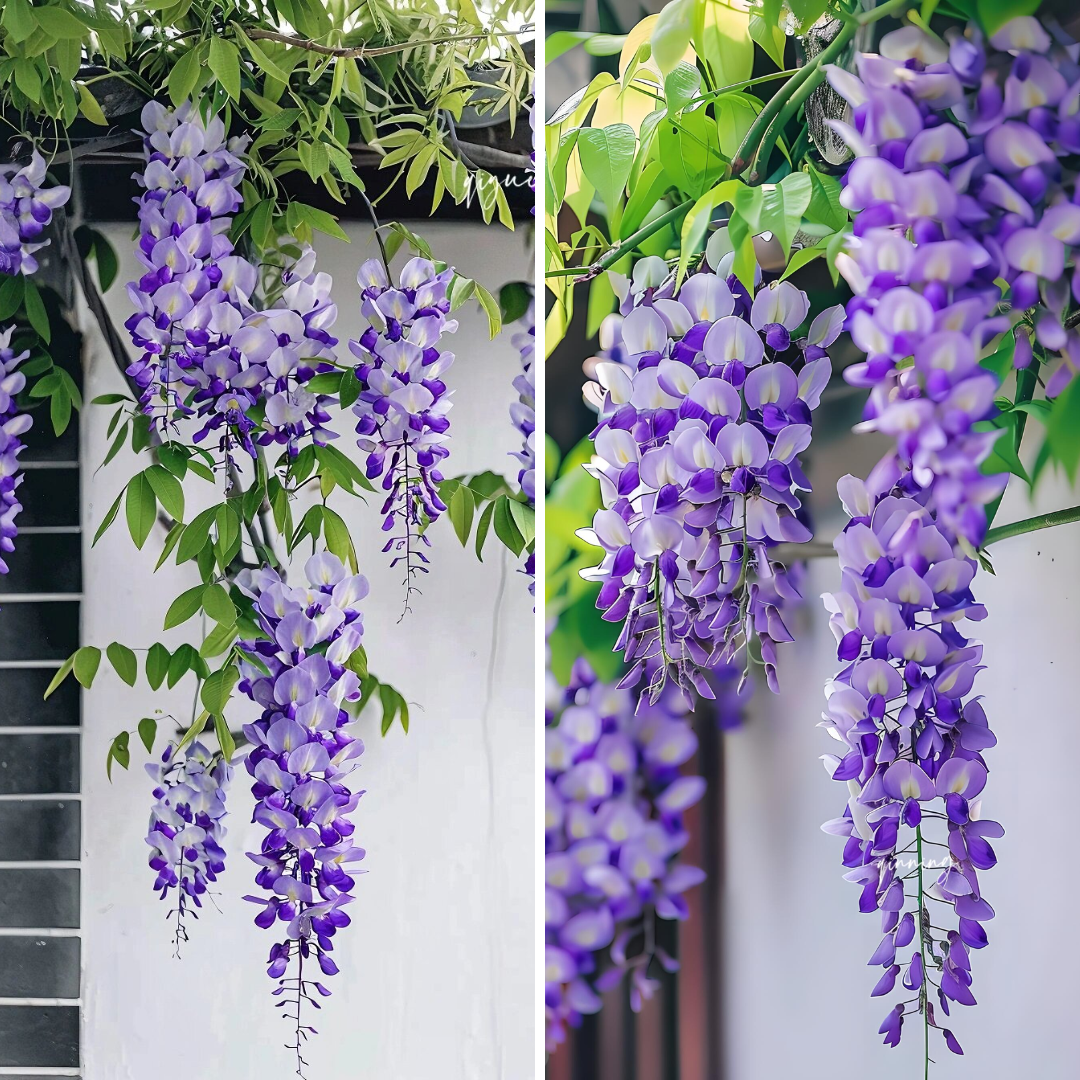
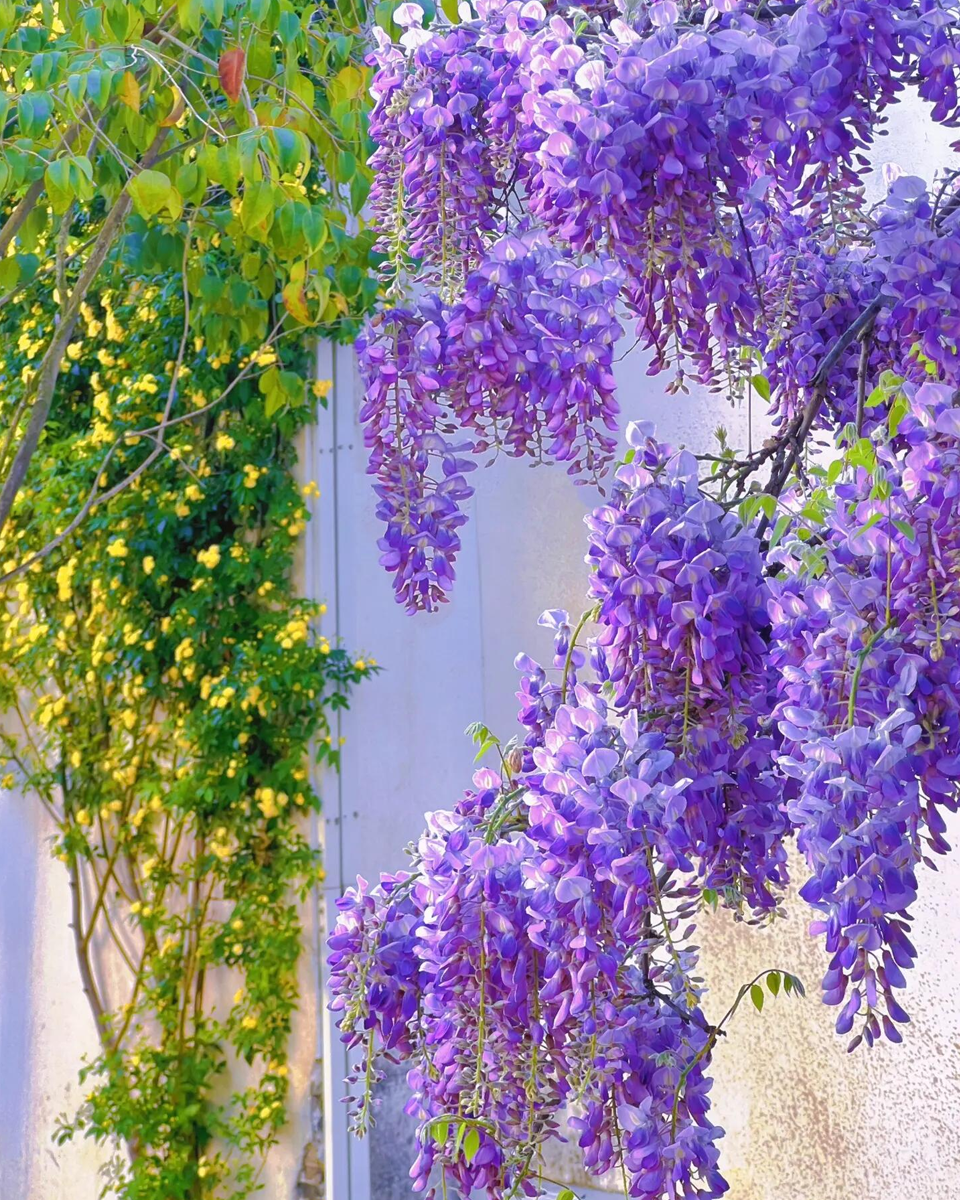
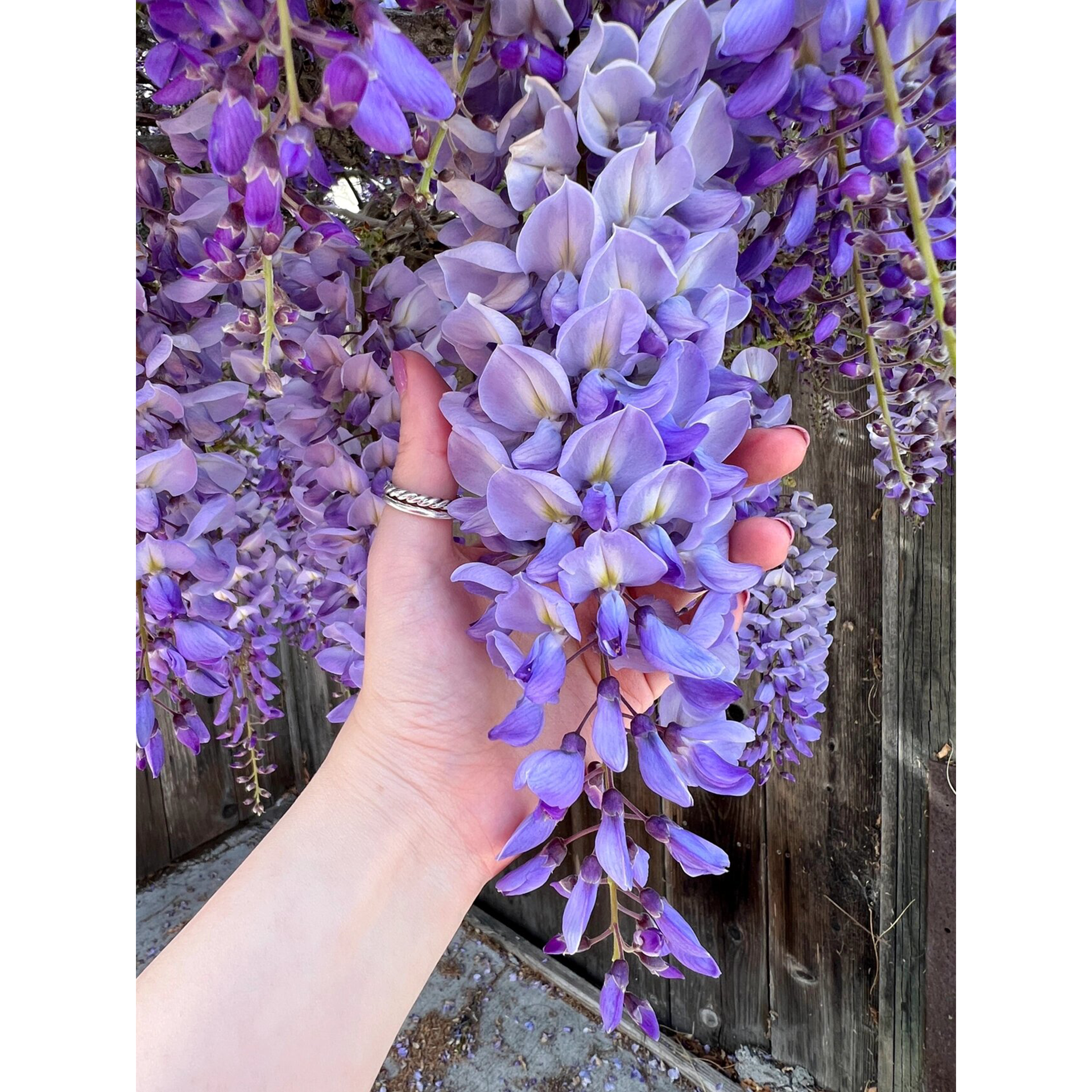
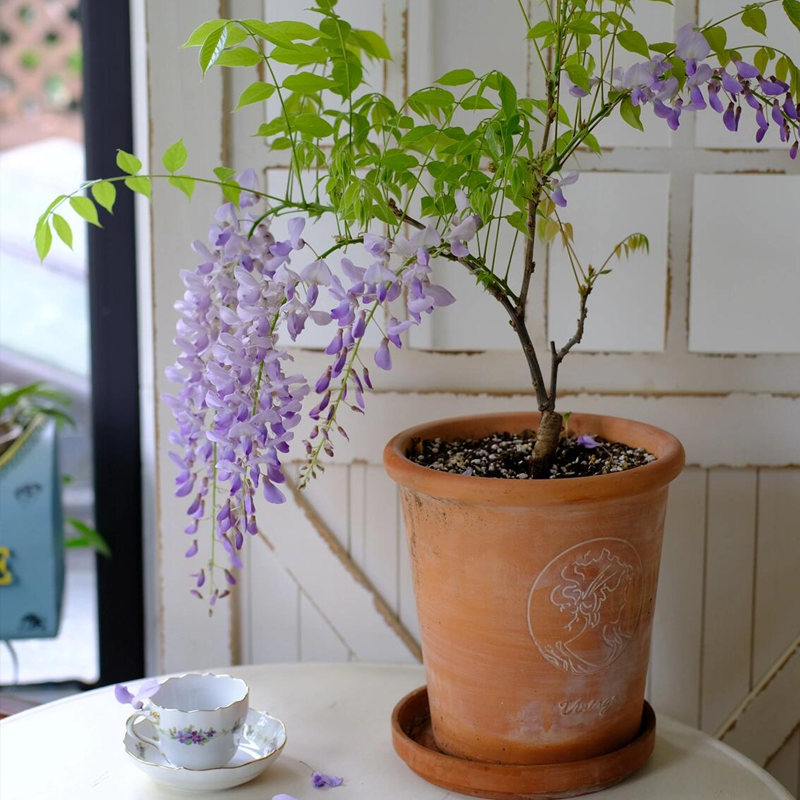
Wisteria Seeds - Purple
• Elegant Purple Blooms – Gorgeous cascading clusters of purple flowers that create a stunning display.
• Fragrant Flowers – Sweet, intoxicating scent that fills the air during blooming season.
• Vigorous Climbing Vine – Ideal for trellises, pergolas, and arbors, adding vertical beauty to your garden.
• Long-Lasting Blooms – Enjoy vibrant purple flowers in spring, with the potential for repeat blooms in summer.
• Sun-Loving – Thrives in full sun, ensuring strong growth and abundant, fragrant flowers.
check_circle In Stock
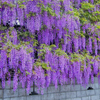


Wisteria Seeds - Purple
About
expand_more
About Wisteria
Ah, Wisteria! The diva of the garden world, known for its breathtaking blooms and intoxicating fragrance. This charming climber is a go-to for anyone wanting to add a touch of romance and elegance to their porches, patios, and courtyards. It's like a floral love letter hanging from your favorite structure!
Feature
expand_more
Features









Planting Information
expand_more
Planting Wisteria Seeds






See our Wisteria Planting Guide for more.
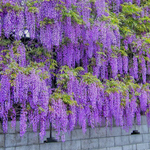
Pcs: 20
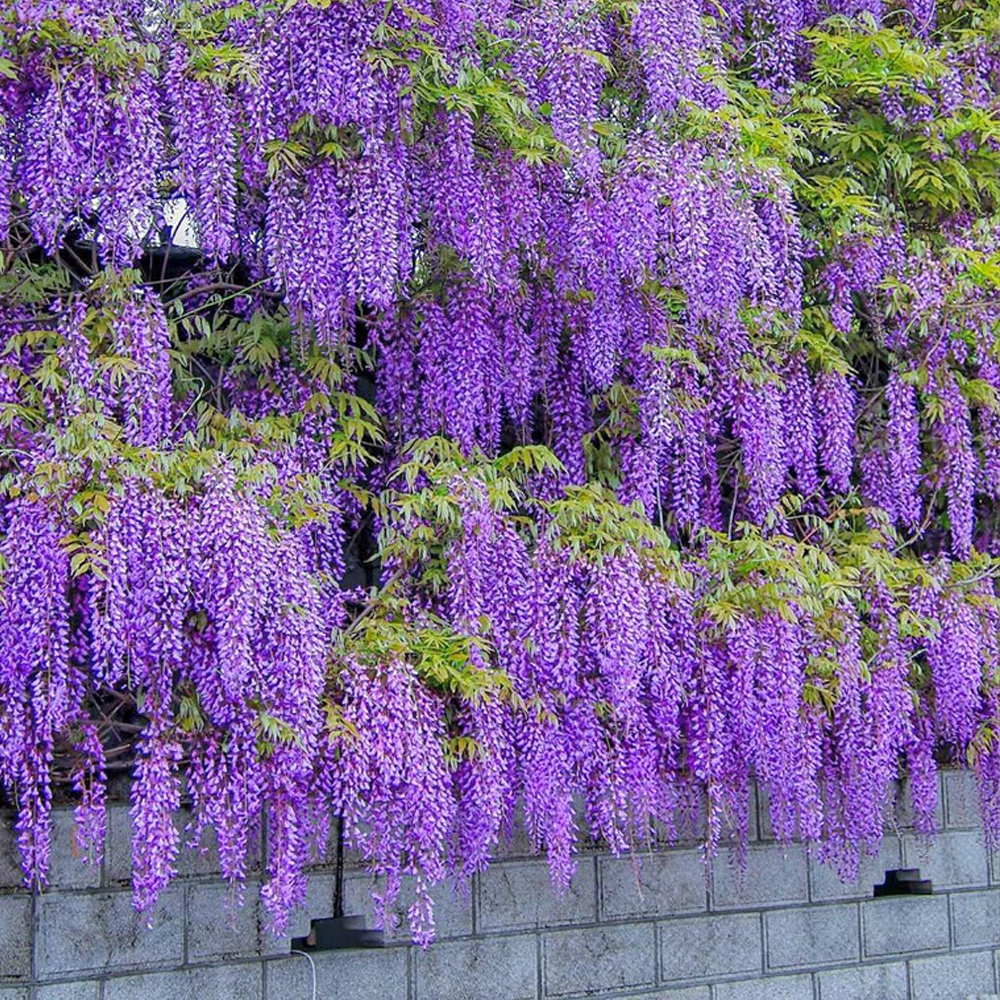
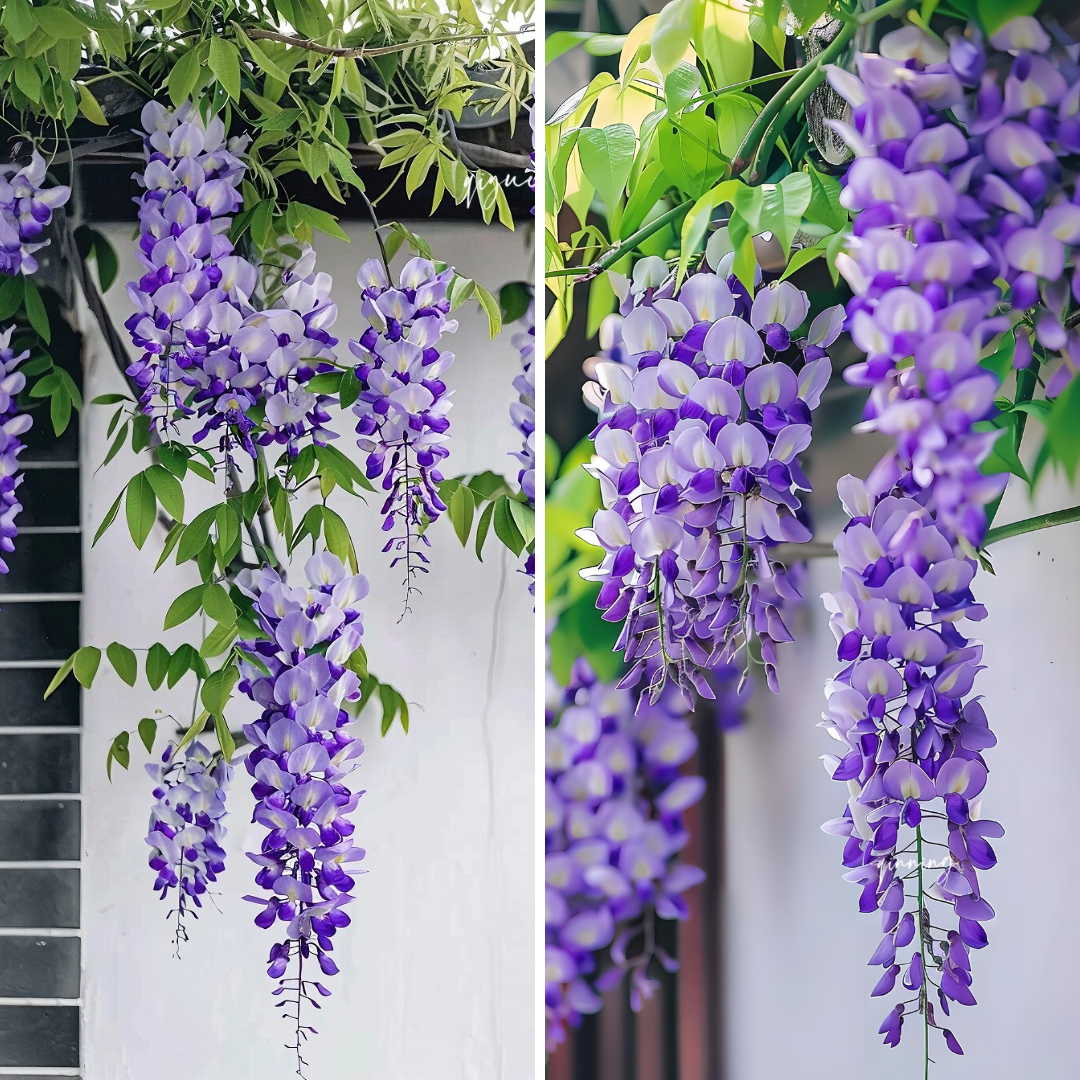
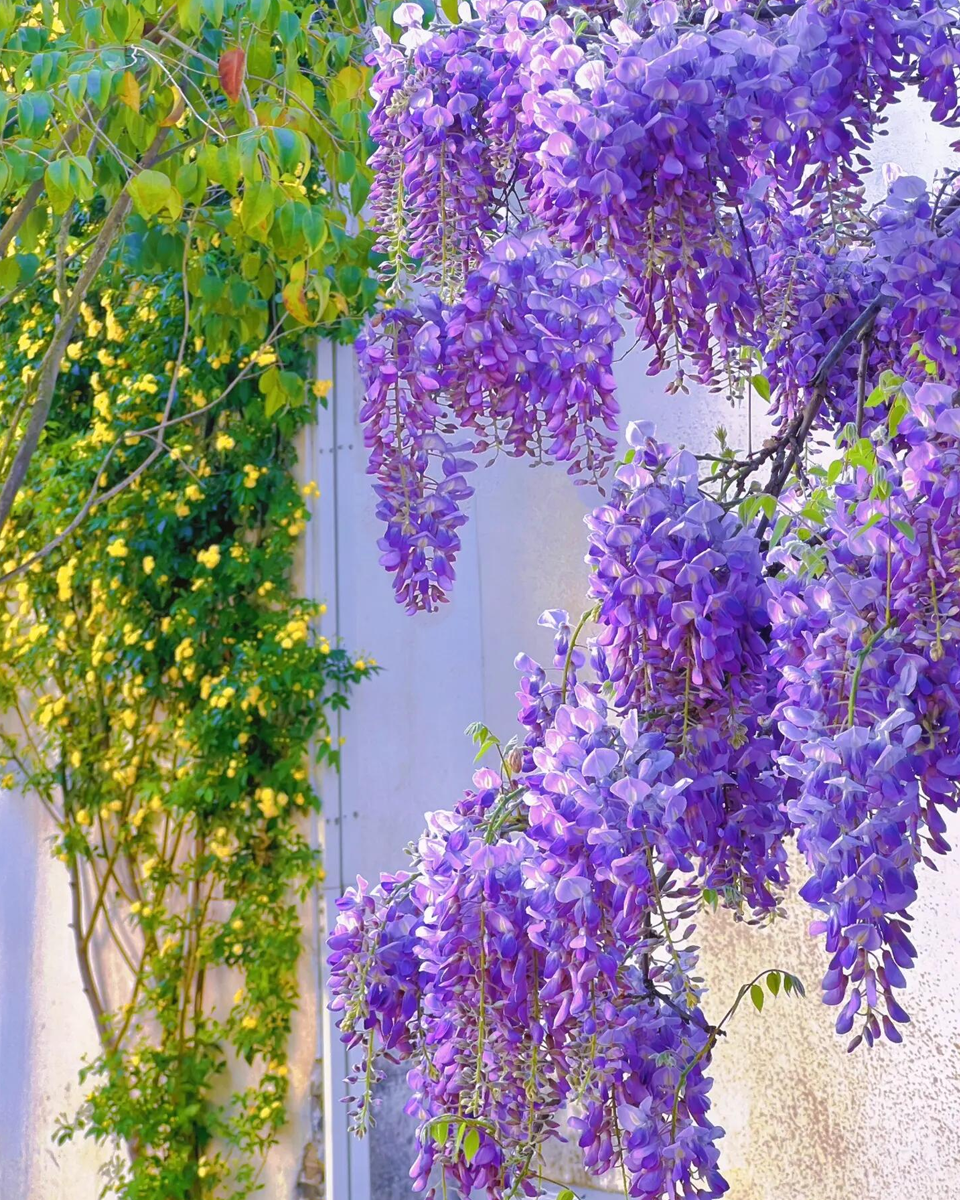
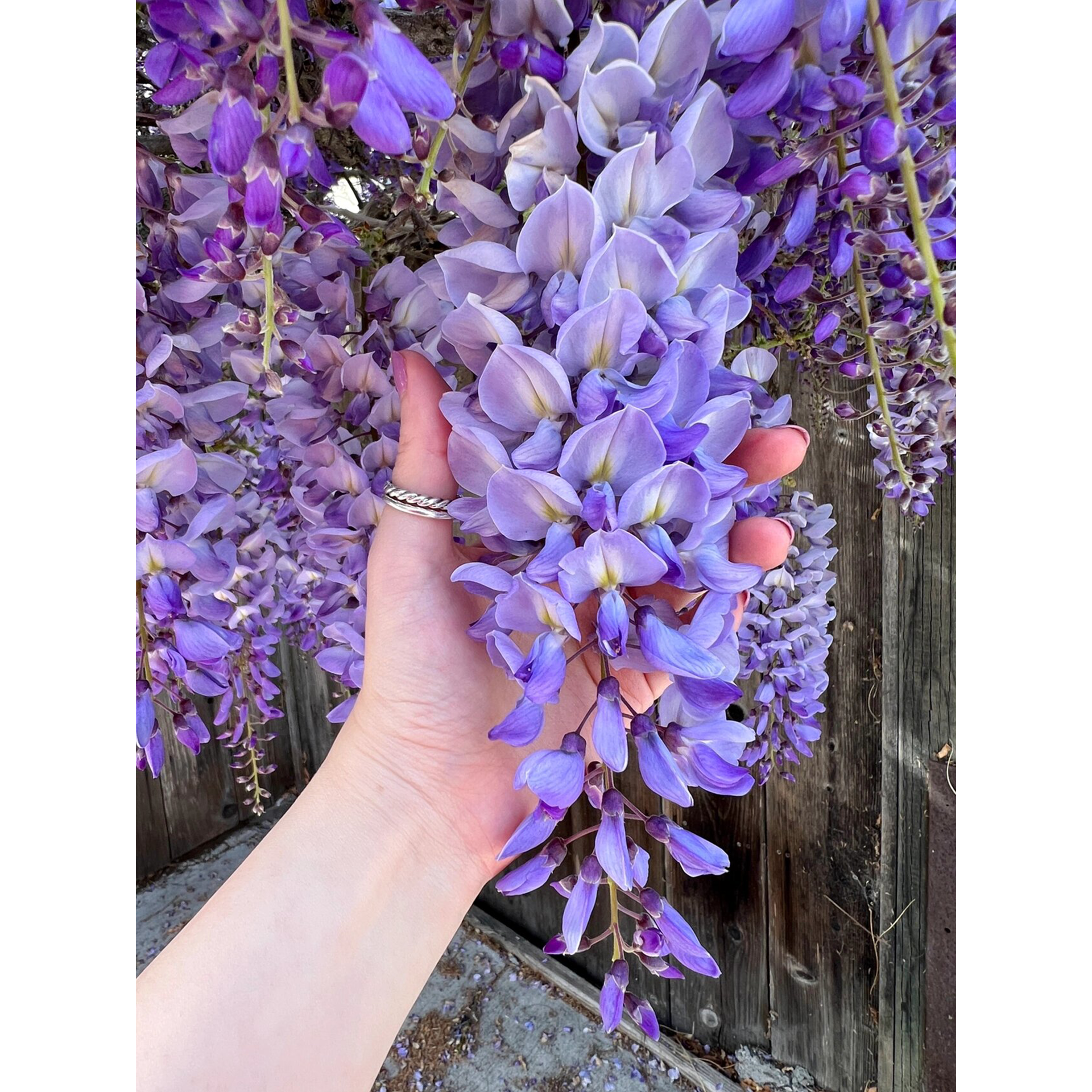
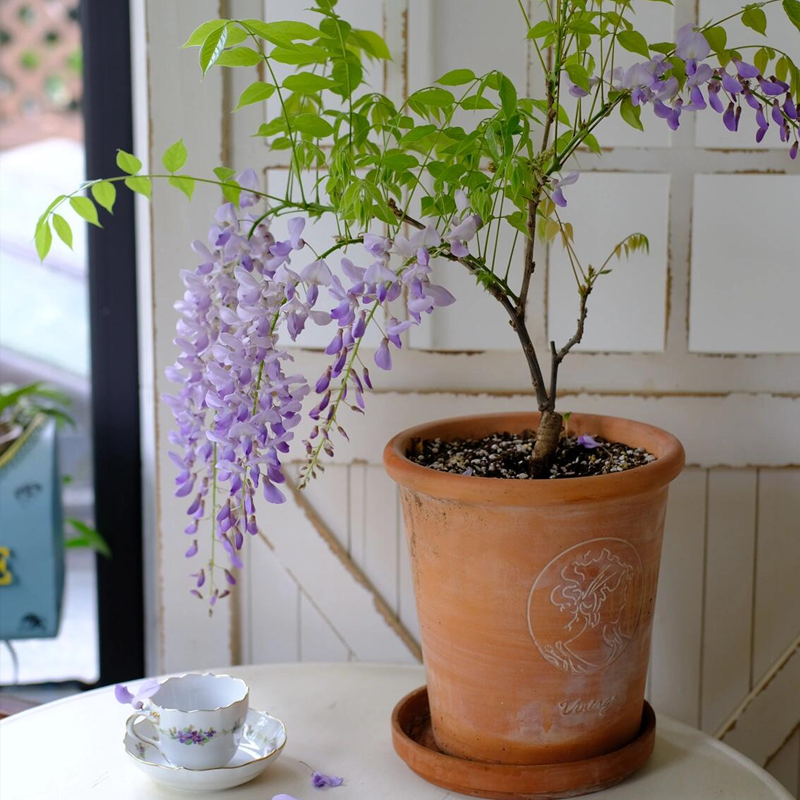
Just planted them
You can have a spring purple waterfall in a pot less than the size of a palm. The most beautiful moment of spring is when my wisteria has also entered its best viewing period.
Many people have a question about potted wisteria, which is how to make it bloom more. The soil mix does not matter much. You can use soil for planting, or you can use peat mixed medium for planting.
There are two key points for vigorous growth and abundant flowers, one is sunshine and the other is pruning. It is recommended to have at least 5 hours of direct sunlight starting from the beginning, the more the better. Although wisteria is very tolerant of shade, insufficient sunlight will directly affect the number of flower buds.
The second most important thing is pruning. The flower buds of wisteria come from the lignified buds of new branches in the first year, so annual summer and winter pruning is very important. One is to control the shape, the other is to promote the lignification of new branches, and the other is to make the flowers more concentrated.
The difficulty of planting potted wisteria is actually very low, because it is cold-resistant, heat-resistant, frost-resistant and sun-resistant, so it is very suitable for planting in small gardens and small terraces. With the arrival of spring, you can have a very beautiful purple waterfall.
You may also like
We have answers!
Orders & support
If you’re unable to find what you’re looking for, don’t worry! Feel free to check out our FAQs or chat with our friendly team—we’re here to help you every step of the way!
How long will it take to ship to me?
expand_more
We promise to ship your order within 3 days, and for more details on the shipping timeline, please click here.
Tip: Unlike other products, seeds are subject to strict customs regulations, which may cause delays in the delivery of your package.
How can I pay?
expand_more
We accept almost all major payment methods, including After Pay and Klarna.
For more details, please check here.
What do I do if I don’t know how to plant?
expand_more
You can find your answer in our ‘Learn to Grow It All’ section on the blog.
Or get help through our IG.
What to do if your planting fails?
expand_more
Don’t worry! You can get help through the chat on the left. We’ll guide you based on your situation, offer replacements, or provide a refund.
Tip: Online chat: We usually respond within 2-12 hours. If you’re offline and haven’t received our message, we’ll also send an email notification. We prioritize germination issues, and shipping problems will be handled later, so don’t worry! Your order will eventually reach you.


